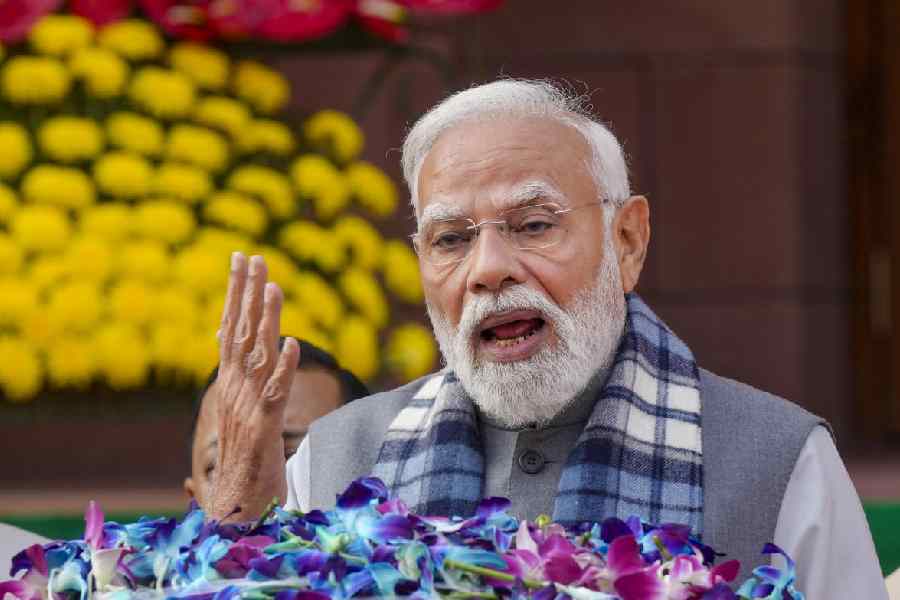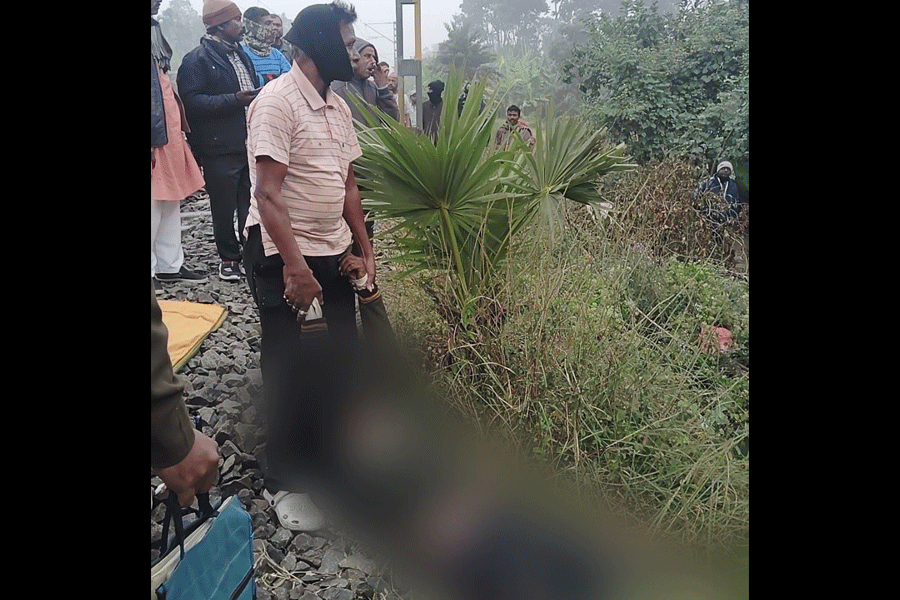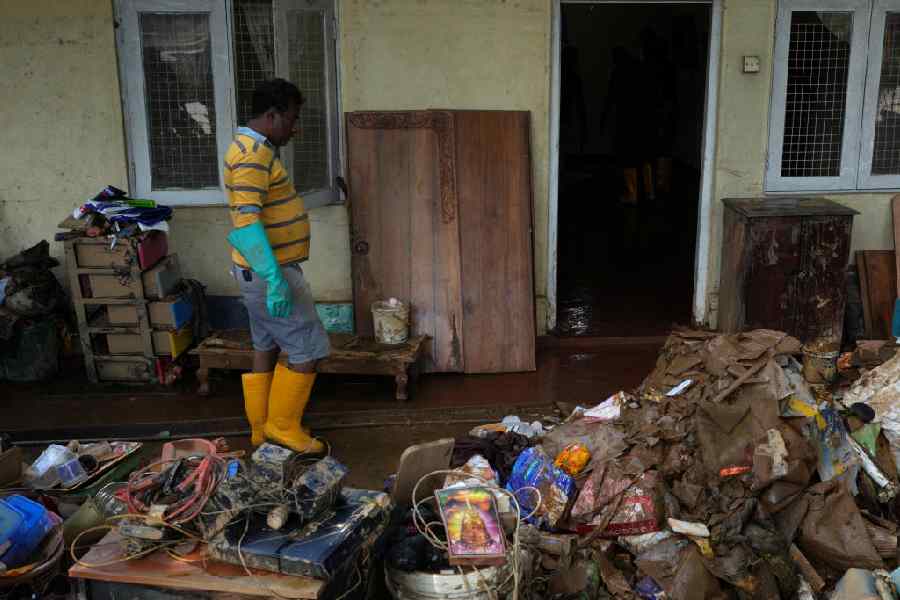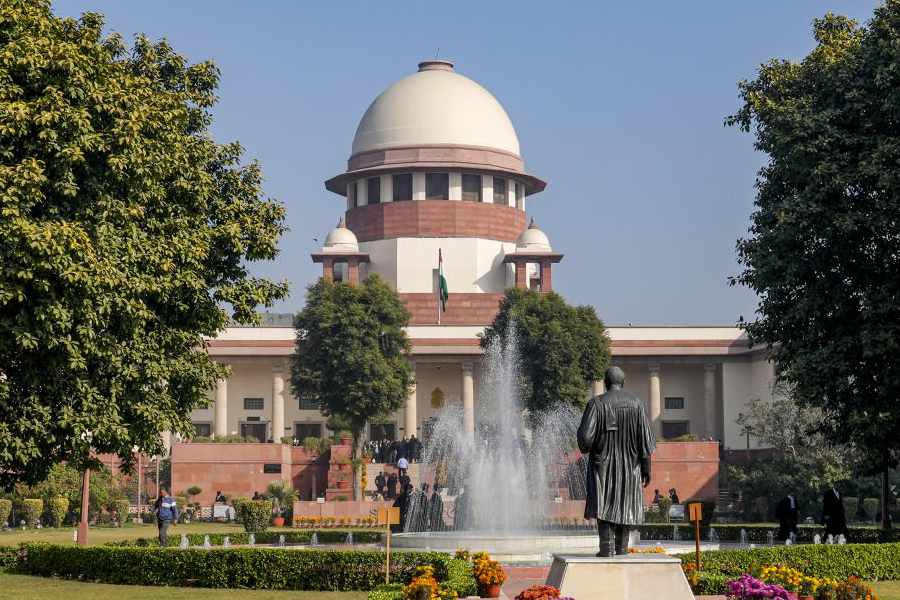The miraculous escape of one passenger from the Air India Dreamliner on Thursday has prompted plane travellers to clamour for one specific seat: 11A.
Vishwash Kumar Ramesh, the lone survivor of the Boeing 787-8 Dreamliner crash that killed 241 passengers and crew, was seated in 11A when the aircraft went down seconds after take-off. As flames engulfed the wreckage, the British national of Indian origin managed to escape through the nearby emergency exit.
“When my door broke, I saw there was some space that I could try to get out,” Ramesh told Doordarshan from his hospital bed. “The other side, people couldn’t get out, as it was crushed against a wall.”
His miraculous survival has triggered a wave of superstition among air travellers, with tour operators across Calcutta reporting a flood of requests for Seat 11A or other emergency exit row seats.
Safety over comfort
Businessman Aroon Shahani, planning a trip to Pune next week, exemplifies this new mindset. “I have kept the date of travel open this time. I will travel the day I get either Seat 11A or the one next to the emergency exit,” he said on Friday.
“Thursday’s crash has made me feel superstitious about the seat number. Normally, I would not have liked emergency exit seats because they don’t recline, but that is no longer a concern now,” he added.
Park Street resident Sanwar Agarwal, who must fly to Vienna for a medical conference, shares similar sentiments. “Now I will book Seat 11A or the one beside the emergency exit, whether flying on international or domestic flights. It will give some kind of feeling of safety,” he said.
Tour operators report a dramatic shift in passenger preferences since Thursday evening. “Now, there are many more takers for seats near the emergency exits than the front row,” said Anil Punjabi, national committee member of the Travel Agents Federation of India’s eastern region.
Airlines have long seen demand for emergency exit seats due to extra legroom, but the recent crash has intensified this trend. A low-cost airline official noted that emergency exit rows, which typically sell out along with front-row seats, are now seeing unprecedented demand.
Experts urge caution
However, aviation professionals warn against drawing broad conclusions from this single incident. A senior pilot emphasised that crash data shows no consistent pattern that would make any particular seat universally safer.
“If one studies the data, there is no particular trajectory of how a plane crashes. So it is difficult to say that a particular seat is safer than others,” the pilot argued.
International aviation experts echo this sentiment. Reuters quoted Mitchell Fox, director at US-based non-profit Flight Safety Foundation, as saying: “Each accident is different, and it is impossible to predict survivability based on seat location.”
Ron Bartsch, chairman of Sydney-based AvLaw Aviation Consulting, noted that while Ramesh’s proximity to the emergency exit proved crucial in this specific case, Seat 11A isn’t universally located next to emergency exits across all aircraft configurations.
Aviation experts stress that Seat 11A’s location varies significantly depending on
aircraft type and airline configuration. What proved lifesaving in Thursday’s crash was not the specific seat number, but rather its proximity to a functioning emergency exit.
The tragedy also highlighted how exit accessibility can be compromised during crashes — in this case, the emergency exit on the opposite side of the aircraft was blocked by the building the plane struck.
Despite expert warnings about the randomness of crash survival, the psychological impact of Ramesh’s escape continues to influence passenger behaviour, with many willing to sacrifice comfort for the perceived safety of emergency exit proximity.
The crash remains under investigation, but its immediate impact on passenger psychology demonstrates how singular events can reshape travel behaviour.











